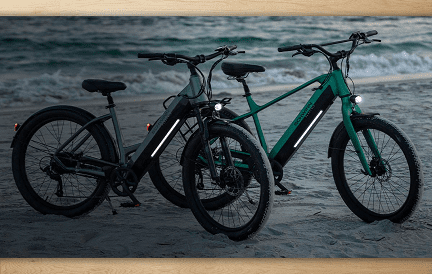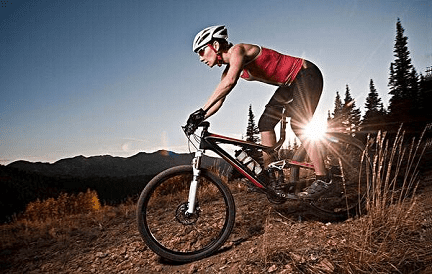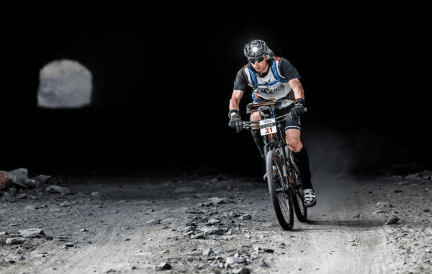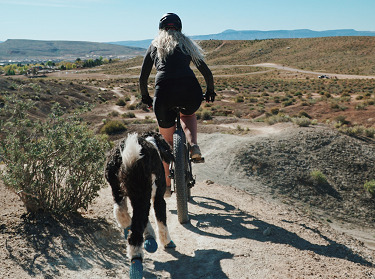It’s time to rethink your ideas about single speed mtb frame. Firstly, single speeds are pleasurable for everyone, regardless of age or gender. Additionally, they require less equipment and deliver a less complicated, more intense experience.
- Part 1: Product Overview
- Part 2: Advantages of Singlespeed Mountain Bike Frame
- Part 3: Product Classification and Introduction
- Part 4: Buying Guide
Part 1: Product Overview
Choosing the best singlespeed mtb frame for your needs is vital to get the most enjoyment out of your mountain biking adventure. However, choosing the best mountain bike in today’s competitive market may be challenging. You don’t have to be anxious. Because our step-by-step guide to buying a mountain bike will help you through every stage of the process. Choosing the best machine for your budget to matching a bike to your riding style. Furthermore, we’ll lead you in the direction of our comprehensive buyer’s guides for the best deals at each price point. They will contain complete descriptions of the essential features to look for.

Part 2: Advantages of Singlespeed Mountain Bike Frame
Reduce the Amount of Work
There’s less to think about with a single speed mtb frame. If you choose rigid suspension, the only routine maintenance you’ll have to do is airing up the tires and greasing the chain.
The remainder of the bike, including the bearings, brake pads, and worn items like grips, will require maintenance. But one of the advantages of single speed mtb frame is that they require less time in the shop, allowing riders to spend more time on the trail. Singlespeed bikes outperform geared bikes in terms of crash resistance on the trail. Singlespeeds are more likely than geared bikes to keep moving after an accident because they lack fragile shift cables and derailleurs.
Simple to Build and Maintain
Combine an old hardtail frame—or an inexpensive used one—with a tensioning converter system, and you’ll have a singlespeed bike in no time. By employing them, you can utilize old parts like bike forks with non-tapered steerers or wheels with quick-release or Boost-incompatible hubs.
Challenge for Better Results
Singlespeed bikes are a great option for mountain bikers who have a strong skill level on the trails. By using only one gear, single-speed bikes help riders focus on their technique and improve their endurance, giving them more control over the trail. This can lead to better times and faster times, which is especially beneficial when you’re trying to beat your personal best.
Favorite Hiking Trails for a New Look
Burnout can be avoided by riding a single-speed bicycle. Have you ridden the same trails 100 or more times? The reward will be refreshing and encouraging if you take on the task of riding those trails on a singlespeed. And I bet you’ll discover something interesting about those paths that you wouldn’t have seen if you were riding a geared bike. Furthermore, because singlespeeds are more challenging to ride, the short journeys you manage to squeeze in become more satisfying.
Acquire Deeper Knowledge of Momentum
Riding a singlespeed teaches you to pray at the altar of momentum, which is a priceless skill. You will not be able to spin easily at slow speeds if you cannot shift gears. On a single speed mtb frame, you’ll have to either push yourself out of it (which is difficult) or stop and walk if you bog down.
As a result, you’ll start riding in a more momentum-preserving style, including taking better lines, increasing speed wherever possible, letting the bike roll and carry speed, and braking less. You’ll acquire a new perspective on the trail, and you’ll be smoother and faster than you’ve ever been when you apply the principles you’ve learned to your geared bike.
Create a More Zen-like Atmosphere
Due to a straight chain that does not slap or rub, plus the fact that singlespeeds have fewer gears and accessories, the majority of singlespeeds are reticent. This also contributes to the drivetrain’s smooth operation.
Furthermore, you will have a delightful meditative riding experience when you combine a quiet and smooth transmission with the riding style you would naturally adopt—a fluid, swooping style that maintains your momentum.
Improve Your Physical Fitness and Strength
I don’t particularly enjoy exercise, but I do enjoy biking. Although cycling has various health and fitness benefits, riding a geared bike might make you feel sluggish in several ways: You could spend a lot of time sitting down and spinning with a very efficient low-torque, high-cadence stroke.
You can’t get away with taking it easy on a singlespeed. To keep the bike moving, you’ll need to stand up and crank out high-torque, low-cadence revolutions, as well as pull the handlebars hard and drive your body forward. Furthermore, a geared bike provides specific fitness benefits over a non-geared bike.
Have a More Cost-effective Price Point
You can, of course, build a $10,000 handcrafted carbon-fiber singlespeed if you want to go all out, but one of the best things about these bikes is that they are substantially less expensive(er) than their geared counterparts. Because single speed mtb frame are more superficial and have fewer parts, it’s reasonable to purchase a complete brand-new singlespeed mtb. Singlespeeds with attractive frames and robust suspension forks are less expensive than geared bikes with the same components in a more upscale market.
Owning a singlespeed bicycle is also less expensive than owning a multispeed bicycle. A steel cassette hub gear can be had for less than $10, while a high-quality cog, such as a Chris King, can be had for $64. A threaded hub freewheel, such as the Shimano DX, costs around $30, compared to the $449 cost of an SRAM XX1 Eagle cassette. Furthermore, you will pay less than $15 to replace your one-speed chain. A final cost-cutting benefit is that there are no derailleur cables or housings to replace and no shifters or derailleurs to fail.
You can get the same fitness benefits by going to the gym, doing planned workouts, or riding your geared bike (put the bike in high gear and don’t change gears). But, to get back to the initial point, I’d instead get those fitness benefits due to the fun and challenge of riding a singlespeed bike than spend my time in a gym.
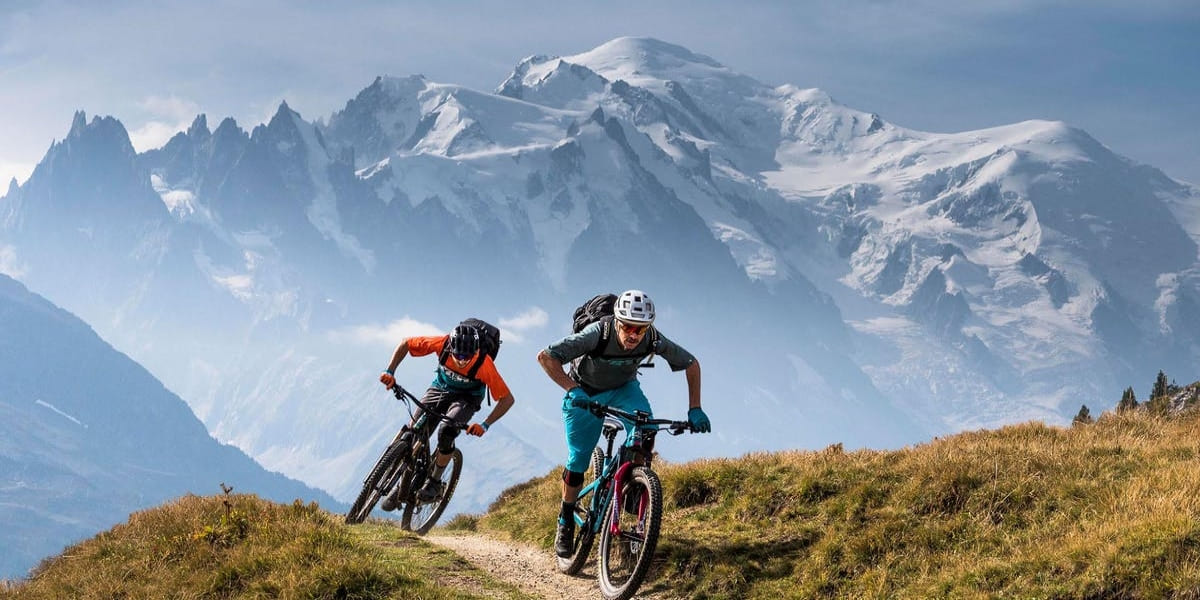
Part 3: Product Classification and Introduction
Anyone who has ever walked into a bike shop or driven up to a trailhead knows how many different styles of mountain bikes are available. Furthermore, sites like this, which are always writing about notions like ‘enduro’ and ‘cross-country,’ might add to the confusion.
It may be challenging to choose the finest mountain bike for your riding style; however, the good news is that some standard requirements define which category mountain bikes are placed in, which makes things a bit easier. Continue reading to learn about the principles of mountain riding before learning about how bikes are constantly evolving, resulting in the fusion of many different types of mountain bikes and mountain biking disciplines in general.
Discussing the 2 most Frequent Mtb Frame
The two most frequent ss mtb frame mountain bike types are hardtail mountain bikes and full-suspension mountain bikes. They lack a rear shock and, depending on the design, can feature either suspension or rigid forks. The fact that full-suspension motorcycles have both front and rear suspension distinguishes them.
Because they have fewer components, hardtails are less expensive than full-suspension bikes, but there are also high-end hardtails available. Hardtails are designed for basic cross-country and trail riding and are less expensive than full-suspension bikes. As a result, they can ride anything from dirt roads to singletrack, but they struggle on more challenging terrain.
The Hardtails
Hardtails, meant for more aggressive riding, are also available from numerous manufacturers. Although these bikes have a typical hardtail frame, their geometry is slacker for better stability and control on descents. Longer travel forks, beefier tires, and dropper seat posts are among the other noticeable features of these hardtails.
The most expensive bicycles are hardtails in carbon fiber. In comparison to other possibilities, these bicycles are exceptionally light and fuel-efficient. They’re used in races where there’s a lot of climbing, or the terrain isn’t too severe. As trails become more difficult and complex, racing on a full-suspension bike becomes vital.
Full-suspension motorcycles, as previously stated, have both a front fork and a rear shock. Cross-country, trail riding, enduro, and downhill full-suspension bikes are divided into several categories, all of which are listed here for your convenience.
Additional Information
It’s also worth noting that nearly all types of bikes now come in both 29er and 27.5-inch wheel sizes, which is a considerable improvement. Manufacturers of ss mtb frame are increasingly offering bikes with “mullet” or “MX” wheel sizes, which are mostly enduro and downhill bikes with a 29er front tire and a 27.5-inch rear wheel. These bikes are generally enduro and downhill bikes with a focus on gravity.
Cross-country and Down-country
Cross-country bikes with full suspension have a steeper geometry than conventional mountain bikes, and they’re built for optimal speed and efficiency over rugged terrain. They usually have suspension travel of no more than 120mm, and the suspension is the best efficient design.
The suspension on a cross-country bike should not engage, or the bike should not “bob” when pedaling. Each manufacturer accomplishes this in their unique way, but Specialized’s Brain system stands out as a clever option. The Specialized Epic does not engage the suspension’s Brain system until the suspension’s Brain system detects a bump. Similarly, Fox’s Live Valve technology works, but it uses electronic sensors instead of valves.
Down country bikes, which are gaining popularity, combine the efficiency of an XC race bike with a little more capability but at the sacrifice of overall lightness. Down country bikes often feature 120mm of travel and descending-enhancing components like more rigid tires and longer dropper posts, among other things. Down country bikes are distinguishable from trail bikes because their frames are often in XC frames rather than downhill-specific frames.
Part 4: Buying Guide
If you remove the gears, you’ll lose a bunch of additional components, including derailleurs, cassettes, and integrated shift/brake levers. As a result, the remaining elements are usually simpler and more resilient.
A single speed mtb frame usually has a broader chain, chainring, and sprocket than a geared bike, which means it should last longer if properly maintained.
Because the chain does not have to pass through the derailleur pulleys or travel at an angle. So singlespeed drivetrains are more efficient than multispeed drivetrains.
In Terms of Price
Most single speed mtb for sale is significantly less expensive than most geared cycles since they have fewer parts.
On the open market, it’s tough to find a singlespeed bike that costs more than £1,000.
The Frame’s Material
The most prevalent materials for singlespeed bike frames are steel or aluminum. Although an alloy frame is slightly lighter than a steel frame, steel frames are more durable and can handle the demands of city life. They’re also less complicated to fix than metal frames.
Metal forks are also common, with steel being a popular choice because of its tough appearance. However, occasionally, a carbon fiber fork can be found on road bikes.
Singlespeed mountain bikes often have a rigid fork. They keeps things simple once more. But it is feasible to convert a mountain bike with the suspension to singlespeed.
To prevent the chain from unshipping in a singlespeed transmission, it must be taut at all times. As a result, the rear wheel dropout on track bikes is often angled rearward rather than vertically. Because it is on mountain bikes.
The rear wheel can go backward and forward as needed to adjust for slack in the chain.
The Wheel’s Size
On ss Mtb frame wheels constructed expressly for racing, a flip-flop hub is popular. As previously stated, this setup allows you to run a fixed sprocket and a freewheel on the same wheelset.
Because single-speed mountain bike frame wheelsets do not require a right-side dish like multispeed wheelsets. They will be manufactured symmetrically rather than with a right-side dish. This is necessary for flipping the hub. It also results in a more durable wheel with larger bracing angles as a result.
The wheel will almost always be fastened in place by 15mm nuts rather than quick releases or thru-axles. They allow the wheel’s position to be altered to modify the chain tension while staying firmly secured in place.
By eliminating the middle bearing, a conventional wheel can become a freewheel single speed. Spacers are included in specific kits from companies like DMR. They will assist you to set your sprocket in the center of the freehub. It will secure the sprocket in place for a straight chain line.
Pay attention to the axle width, as there are various standards. For example, track frames often feature 120mm rear wheel spacing. They can be carried over to a fixie frame as well. The rear axle on most bikes will be wider, starting at 130mm for quick-release rim brake road wheels and rising in width. Because the bike goes to disc brake road wheels and thru-axles, among other things.
Single-speed mountain bike frame also aids in the development of your riding skills. When riding single-speed, riders must learn to read trails properly and focus on technique. And sometimes channel pure power to clean more difficult sections; this makes the Singlespeed such a great instructor. As a result of riding one, you will become a better and stronger mountain cyclist.

